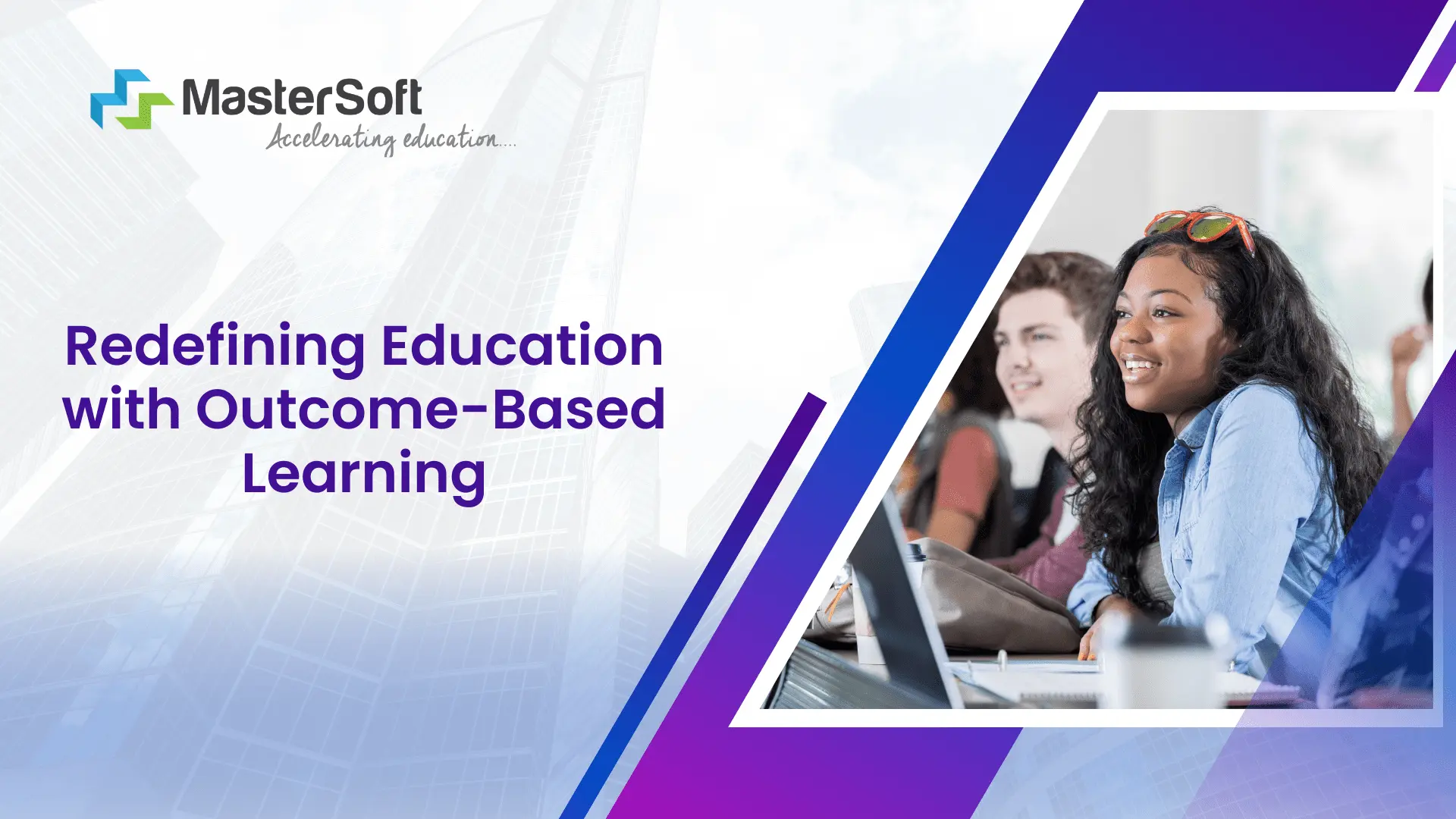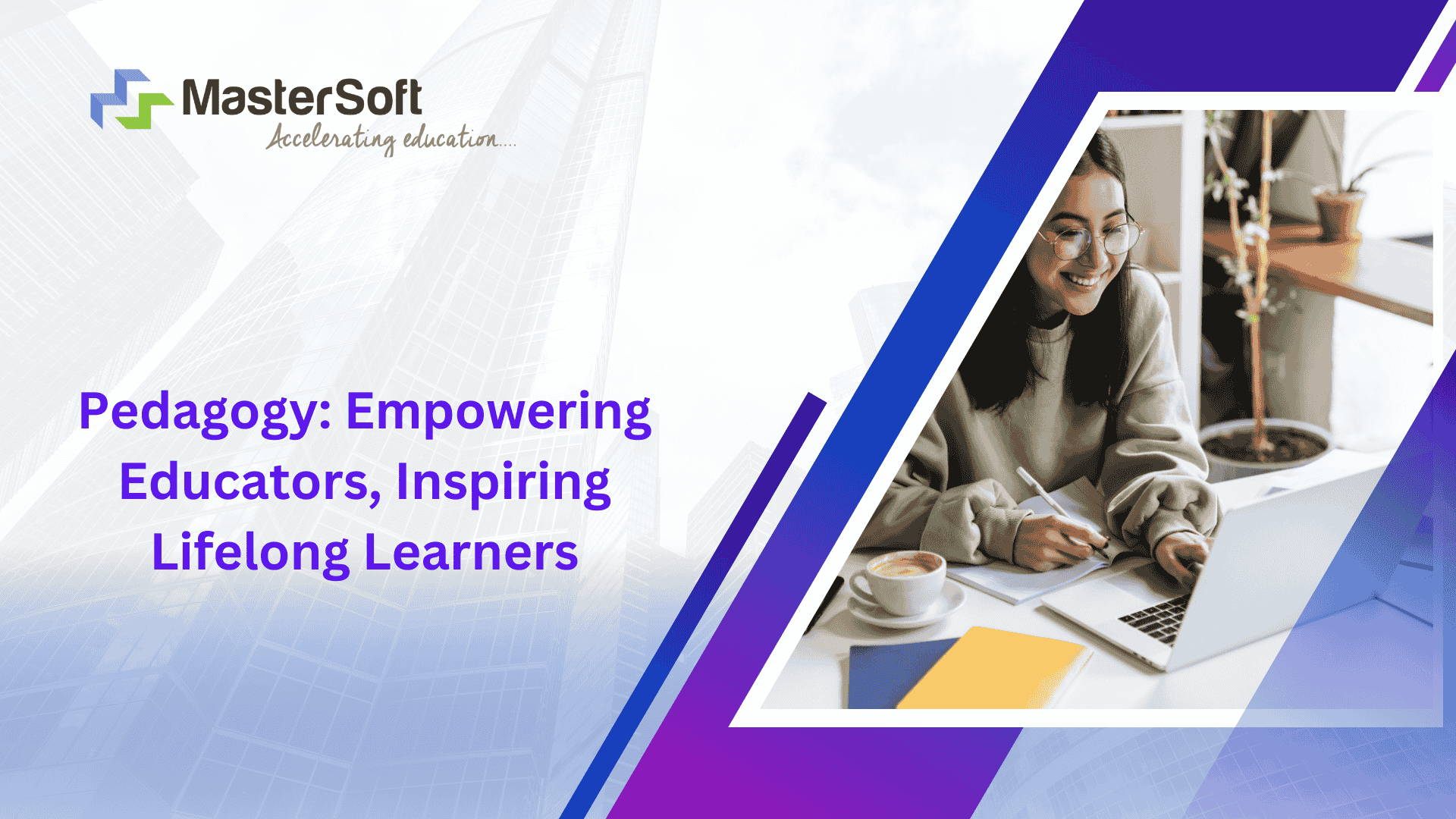Outcome-Based Education (OBE) has become a transformative approach in the educational landscape worldwide, placing emphasis on what students are expected to learn and achieve by the end of a course or program. Unlike traditional methods, which often focus on covering a prescribed syllabus, Outcome-Based Education is centered around measurable outcomes that reflect students’ ability to apply knowledge in real-world contexts.
OBE has gained prominence due to its effectiveness in aligning education with the skills and competencies needed in a rapidly changing world. By focusing on outcomes, this approach ensures that students not only understand the theoretical aspects of their studies but are also prepared to apply their knowledge and skills in meaningful ways.
What is Outcome-Based Education?
Outcome-Based Education is an educational framework that focuses on achieving specific learning outcomes. In OBE, every aspect of the curriculum—from content and teaching methods to assessments—is aligned with predetermined outcomes. These outcomes are clearly defined and are used as benchmarks to measure students’ progress and success.
In an OBE system, instructors plan their lessons and assessments around achieving these outcomes, ensuring that each activity contributes towards helping students master the skills and knowledge expected of them. This results in a more student-centered learning experience, where instruction is tailored to meet the needs and progress of each learner.
Core Principles of OBE
Outcome-Based Education is built upon several foundational principles that guide its implementation and ensure its effectiveness. These principles include:
- Clarity of Focus: In OBE, clear and specific outcomes are set from the beginning. This ensures that students and educators understand the end goals and work towards them purposefully. Learning outcomes are typically articulated as knowledge, skills, attitudes, or competencies that students should demonstrate by the end of a program or course.
- High Expectations for All Students: OBE believes that all students are capable of achieving success if provided with the appropriate resources, guidance, and opportunities. Educators set high expectations for each learner, promoting a growth mindset and encouraging students to reach their potential.
- Expanded Opportunities for Learning: OBE recognizes that students learn at different paces and in various ways. To accommodate this, OBE promotes flexible learning environments and varied teaching strategies, allowing students multiple ways to engage with and master content.
- Alignment of Assessment with Outcomes: In OBE, assessments are closely aligned with the specified outcomes. This ensures that evaluations measure students’ actual competencies rather than rote memorization. Assessments are designed to gauge students’ understanding and ability to apply their knowledge in practical, real-world scenarios.
Key Components of OBE
To implement Outcome-Based Education effectively, institutions focus on three main components:
- Learning Outcomes: The cornerstone of OBE, learning outcomes describe what students are expected to know, do, and value by the end of a learning experience. These outcomes are specific, measurable, and aligned with the needs of the industry, society, or further studies.
- Curriculum and Instruction: In an OBE framework, curriculum and instructional methods are developed around achieving the specified outcomes. This often involves incorporating hands-on activities, real-life projects, and interactive lessons to ensure students actively engage with the material.
- Assessment and Feedback: Assessments in OBE are designed to evaluate the extent to which students have achieved the desired outcomes. Formative assessments (like quizzes and projects) provide ongoing feedback, while summative assessments (like final exams and presentations) determine if students have mastered the course outcomes.
Benefits of Outcome-Based Education
OBE offers numerous advantages that make it a popular choice for educational institutions and learners:
- Focus on Skill Development: Since OBE is goal-oriented, students are able to develop practical skills and competencies that prepare them for future challenges. This focus on applied learning makes OBE particularly relevant for industries and careers that demand specific skills and knowledge.
- Personalized Learning Experience: OBE’s flexible structure allows students to learn at their own pace, making education more accessible and personalized. This approach accommodates different learning styles and gives students multiple opportunities to succeed.
- Transparent Evaluation: OBE provides a clear framework for both educators and students regarding expectations and evaluation criteria. This transparency helps students understand what they need to accomplish to succeed, while educators can objectively assess progress.
- Continuous Improvement: With OBE, feedback loops are an essential part of the process. Educators can analyze assessment data to improve instruction, while students receive timely feedback to guide their learning.
- Enhanced Employability: Since OBE aligns education with industry needs, students acquire relevant skills and competencies that make them job-ready. Employers benefit from hiring graduates who possess the practical knowledge and abilities required in the workplace.
Challenges of Implementing Outcome-Based Education
Despite its benefits, implementing OBE also comes with certain challenges:
- Resource Intensive: OBE requires extensive planning, training, and resources. Teachers need time to develop outcome-aligned lessons and assessments, and institutions must invest in professional development for educators.
- Teacher Readiness: Successful OBE implementation requires teachers to shift from traditional lecture-based teaching to outcome-centered methods. This may require additional training, as well as a cultural shift within educational institutions.
- Potential for Overemphasis on Testing: While OBE values measurable outcomes, it risks placing too much emphasis on assessments. Institutions must balance formal assessments with other learning activities to avoid creating a “test-driven” culture.
- Adaptability for Diverse Learners: Though OBE promotes personalized learning, implementing this in a classroom with diverse learning needs can be challenging. Teachers must adapt instruction to various learning levels, which can be demanding without sufficient support.
Best Practices for Implementing OBE
For educational institutions planning to adopt OBE, the following practices can enhance effectiveness:
- Set Clear, Achievable Outcomes: Outcomes should be realistic, relevant, and specific. Institutions should engage faculty and industry experts in defining outcomes that reflect the competencies needed in the real world.
- Provide Continuous Teacher Training: Teachers are critical to successful OBE implementation. Professional development should focus on designing outcome-based assessments, using formative feedback effectively, and adopting flexible teaching strategies.
- Integrate Real-World Applications: OBE works best when students see how their learning applies to real-life situations. Project-based learning, internships, and collaboration with industry professionals make learning more meaningful and relevant.
- Collect and Use Data for Improvement: Data collected from assessments should inform curriculum adjustments, instructional strategies, and student support services. Continuous improvement ensures that the OBE framework remains effective and responsive to students’ needs.
Conclusion
Outcome-Based Education is a powerful approach that redefines the purpose of education from merely covering content to achieving clear, meaningful learning outcomes. By focusing on student achievements and practical skills, OBE prepares students for both personal success and professional demands in a rapidly evolving world.
While there are challenges to implementing OBE, institutions that embrace this framework can foster a more relevant, adaptable, and impactful educational experience, equipping students with the knowledge, skills, and confidence they need to thrive beyond the classroom.
Read More Here




